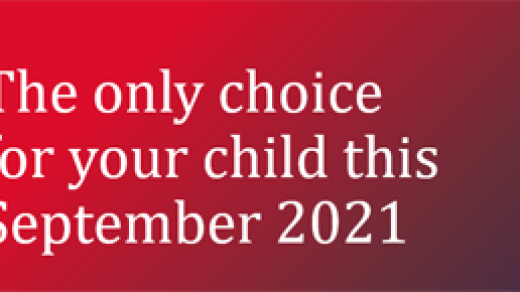New report calls for targeted funding to close gap for persistently disadvantaged pupils

A new report by Education Policy Institute (EPI) published today (12 November) sets out a fresh approach to school funding that would target greater support towards persistently disadvantaged pupils.
This group, who have been eligible for free school meals for 80 per cent or more of their time in school, are significantly behind their peers in educational attainment but this is not currently recognised by the school funding system.
EPI found that persistently disadvantaged pupils consistently experience wider attainment gaps compared to their non-disadvantaged peers. In 2023, these gaps were equivalent to nearly a year of learning at the end of Key Stage 2 and nearly two years by the end of Key Stage 4 – a gap that is wider than at any point at which EPI has measured it.
The institute also found that the current school funding system in England, which includes the National Funding Formula (NFF) and the Pupil Premium, does not differentiate between persistent and short-term disadvantage. It said this means that persistently disadvantaged pupils, despite their greater needs, do not receive additional targeted funding.
By 2028/2029, primary schools are projected to have 200,000 fewer pupils, presenting an opportunity to rethink how resources are distributed. Instead of banking the savings (estimated at £750 million), the treasury could reinvest some of these funds to support persistently disadvantaged pupils whilst using the remainder to deliver wider real terms uplifts and support the system as pupil numbers decline, according to the EPI.
The EPI recommends prioritising targeted funding for persistently disadvantaged pupils. The report highlights the importance of directly supporting those pupils most at risk of falling behind. Persistently disadvantaged pupils require additional resources that go beyond the current broad definitions of disadvantage used in the NFF and Pupil Premium.
Investing £640 million a year in targeted funding is another recommendation by the institute. EPI said the Department for Education (DfE) should allocate £640 million from the savings made by falling pupil numbers to reverse real terms cuts in the Pupil Premium and target additional funding specifically for persistently disadvantaged pupils through an enhanced Pupil Premium.
This enhanced premium would be worth a further £308 per primary persistently disadvantaged pupil and £255 per secondary persistently disadvantaged pupil. This funding could be phased in gradually to ensure affordability over the spending review period.
The recommended additions of £308 for each persistently disadvantaged primary pupil and £255 for each persistently disadvantaged secondary pupil are ‘relatively modest’, according to EPI, in scale given the overall value of the pupil premium. They have been set so as to be affordable within existing overall expenditure but should be considered a minimum given that existing funding has not been sufficient to narrow the attainment gap.
EPI also recommends that the funding should be clear and transparent. To ensure clarity for schools, additional funds should be distributed through Pupil Premium as opposed to the National Funding Formula. The DfE should directly communicate how any changes will affect schools, particularly in terms of how additional funds will be distributed to persistently disadvantaged pupils.
Jon Andrews, head of analysis and director of school system and performance at EPI, said: “The long-standing gap in attainment between pupils from low-income backgrounds and their peers is one of the big challenges facing our education system today.
“Even more worrying is attainment for those living in long term disadvantage. By the time they leave school, these pupils are the equivalent of nearly two years of learning behind their peers.
“The school funding system allocates £6.5 billion in deprivation funding a year but makes no distinction between those in short term poverty, and those in entrenched, long-term disadvantage. This despite the fact that those in persistent poverty have attainment that is well below average.
“Over the next spending review period the number of pupils at schools in England is expected to decline. The treasury should not see this as an opportunity to make savings, but as a chance to invest money where it is needed most and where it can have the greatest impact.
“Closing the attainment gap will not just mean better exam results in the short term but will support long term productivity and economic growth.”







